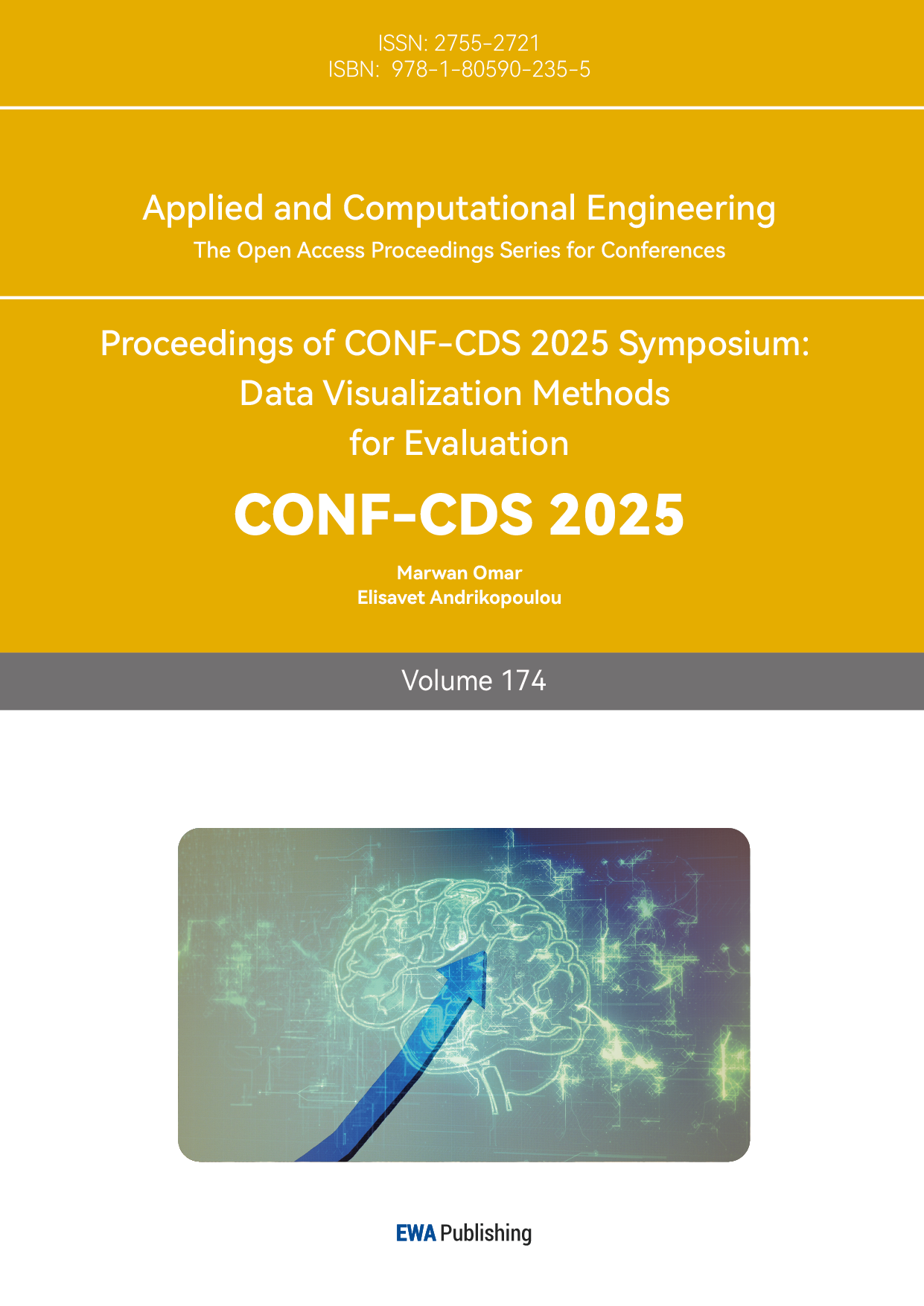References
[1]. Zhao, Jinming, Ruichen Li, and Qin Jin. "Missing modality imagination network for emotion recognition with uncertain missing modalities." Proceedings of the 59th Annual Meeting of the Association for Computational Linguistics and the 11th International Joint Conference on Natural Language Processing (Volume 1: Long Papers). 2021.
[2]. Wang, Yuanzhi, Yong Li, and Zhen Cui. "Incomplete multimodality-diffused emotion recognition." Advances in Neural Information Processing Systems 36 (2023): 17117-17128.
[3]. Huan, Ruohong, et al. "Unimf: A unified multimodal framework for multimodal sentiment analysis in missing modalities and unaligned multimodal sequences." IEEE Transactions on Multimedia 26 (2023): 5753-5768.
[4]. Liu, Rui, et al. "Contrastive learning based modality-invariant feature acquisition for robust multimodal emotion recognition with missing modalities." IEEE Transactions on Affective Computing 15.4 (2024): 1856-1873.
[5]. Zeng, Jiandian, Tianyi Liu, and Jiantao Zhou. "Tag-assisted multimodal sentiment analysis under uncertain missing modalities." Proceedings of the 45th International ACM SIGIR Conference on Research and Development in Information Retrieval. 2022.
[6]. Zeng, Jiandian, Jiantao Zhou, and Tianyi Liu. "Robust multimodal sentiment analysis via tag encoding of uncertain missing modalities." IEEE Transactions on Multimedia 25 (2022): 6301-6314.
[7]. Fu, Fangze, et al. "SDR-GNN: Spectral Domain Reconstruction Graph Neural Network for incomplete multimodal learning in conversational emotion recognition." Knowledge-Based Systems 309 (2025): 112825.
[8]. Shi, Piao, et al. "Text-guided Reconstruction Network for Sentiment Analysis with Uncertain Missing Modalities." IEEE Transactions on Affective Computing (2025).
[9]. Zhu, Linan, et al. "Multimodal sentiment analysis with unimodal label generation and modality decomposition." Information Fusion 116 (2025): 102787.
[10]. John, Vijay, and Yasutomo Kawanishi. "Multimodal Cascaded Framework with Multimodal Latent Loss Functions Robust to Missing Modalities." ACM Transactions on Multimedia Computing, Communications and Applications (2025).



